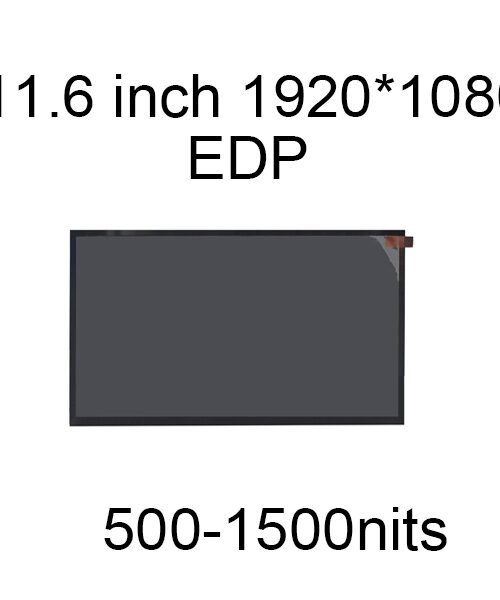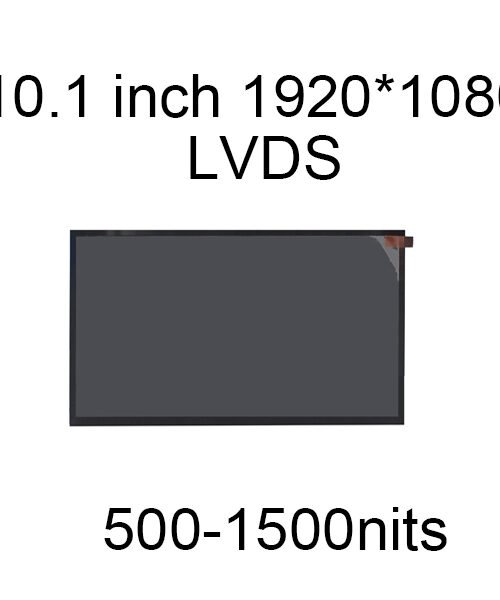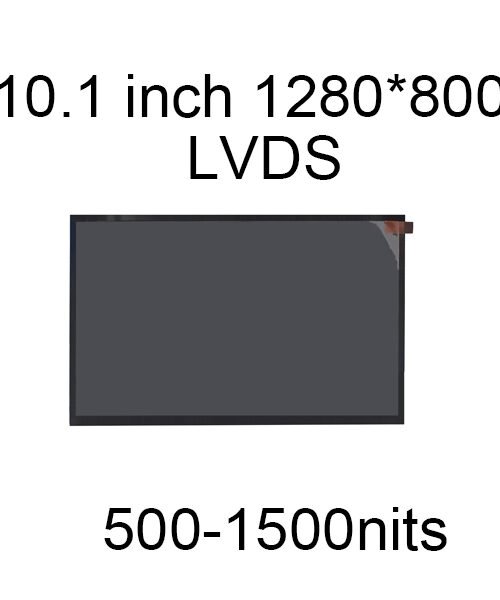When it comes to choosing between LED and LCD displays for outside viewing, several factors need to be considered to determine which technology is better suited for your specific outdoor application. Both LED and LCD screens have their advantages and limitations, and the choice depends on factors like ambient lighting, viewing distance, budget, and the intended use of the display. In this comprehensive guide, we will compare LED and LCD displays for outdoor viewing and provide insights to help you make an informed decision.
- LED Displays:
Advantages of LED Displays for Outdoor Viewing:
Brightness: LED displays are known for their high brightness capabilities. They can achieve extremely high nit levels, often exceeding 5,000 nits. This makes them highly visible in direct sunlight and bright outdoor environments.
Wide Viewing Angles: LED displays typically offer wide viewing angles, ensuring that content remains visible from various positions and angles. This is crucial for large outdoor displays intended for a broad audience.
Durability: LED displays are designed to withstand harsh outdoor conditions. They are often weatherproof, rugged, and resistant to temperature variations, making them ideal for long-term outdoor use.
Scalability: LED displays can be easily customized to fit various screen sizes and aspect ratios. This flexibility is particularly useful for outdoor digital signage, billboards, and event displays.
Energy Efficiency: Despite their high brightness levels, LED displays are energy-efficient. They consume less power compared to other display technologies, reducing operational costs for large outdoor installations.
Longevity: LED displays have a longer lifespan compared to LCDs. They can operate for tens of thousands of hours before requiring maintenance or replacement.
Limitations of LED Displays for Outdoor Viewing:
Cost: LED displays tend to be more expensive upfront than LCD displays. The initial investment can be a significant consideration for budget-conscious projects.
Pixel Pitch: The visibility and image quality of an LED display are influenced by the pixel pitch, which is the distance between individual LEDs. Smaller pixel pitches provide higher resolution but can be costlier.
- LCD Displays:
Advantages of LCD Displays for Outdoor Viewing:
Affordability: LCD displays are generally more budget-friendly than LED displays. This makes them a practical choice for smaller-scale outdoor projects with limited budgets.
High-Quality Imaging: LCD displays are known for their high image quality, sharpness, and color accuracy. This is crucial for applications where detailed visuals and graphics are essential.
Ease of Installation: LCD displays are lightweight and relatively easy to install, making them a practical choice for temporary outdoor events and smaller displays.
Portability: Smaller LCD screens are highly portable, making them ideal for events, trade shows, and temporary outdoor setups.
Integrated Solutions: Many LCD screens come with built-in media players, touch functionality, and other features that can be advantageous for certain outdoor applications, such as interactive kiosks.
Limitations of LCD Displays for Outdoor Viewing:
Brightness: LCD screens typically have lower maximum brightness levels compared to LED displays. While some high-brightness LCDs are available, they may struggle to provide adequate visibility in direct sunlight.
Viewing Angles: LCD screens may have limited viewing angles, which can lead to reduced visibility from off-center positions. This is a significant limitation for outdoor installations with a large and diverse audience.
Durability: LCD screens are generally not as rugged and weatherproof as LED displays. They may require protective enclosures or awnings to shield them from the elements.
Power Consumption: Achieving high brightness in LCD screens requires more power, which can lead to increased energy costs for large outdoor installations.
Choosing Between LED and LCD Displays for Outdoor Viewing:
The choice between LED and LCD displays for outdoor viewing largely depends on your specific requirements and constraints. Here are some factors to consider when making the decision:
- Ambient Lighting: If your outdoor environment is brightly lit, especially in direct sunlight, LED displays with high brightness levels are the preferred choice. They can ensure content visibility in challenging lighting conditions.
- Budget: Consider your budget. LED displays tend to be more expensive, so if cost is a significant concern, LCD displays may be the more affordable option.
- Screen Size and Resolution: For large outdoor displays with high resolution, LED displays offer better scalability and are capable of providing a detailed and sharp image quality.
- Longevity: If you need a long-term outdoor solution with a display that will operate for extended hours, LED displays are designed for durability and have a longer lifespan compared to LCDs.
- Viewing Distance: If your audience will be at varying distances from the screen, LED displays with wide viewing angles are ideal for ensuring content is visible to all viewers.
- Ease of Installation: For smaller and portable outdoor setups, LCD displays may be more practical due to their lightweight and easy installation.
- Integration Requirements: If you need integrated features like touch functionality or media players, LCD displays with these features built in may be a more straightforward choice.
- Protection from the Elements: If your outdoor display will be exposed to the elements, consider the durability and weatherproof features of LED displays. LCD screens may require additional protection.
In conclusion, LED and LCD displays both have their strengths and weaknesses for outdoor viewing. The choice between the two technologies depends on the specific demands of your outdoor application, budget, and the expected environmental conditions. For large outdoor installations, particularly in direct sunlight, where brightness and visibility are critical, LED displays are often the preferred choice. For smaller and more budget-conscious projects or applications where high image quality and portability are key, LCD displays may be suitable. Ultimately, a thorough assessment of your requirements will guide you toward the most appropriate display technology for your outdoor viewing needs.







